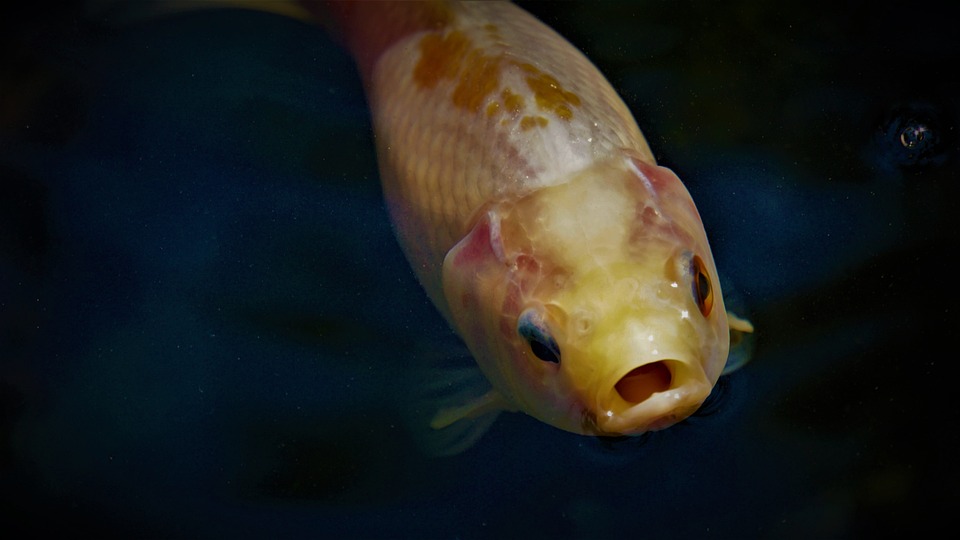Maintaining a healthy aquatic environment for your fish is crucial to their overall well-being. However, despite our best efforts, fish tank diseases may still occur. In this article, we will discuss the buoyancy issues that fish may encounter, particularly in disease-resistant fish, and provide helpful insights on how to identify, treat, and prevent such issues. Additionally, we will include a Frequently Asked Questions (FAQs) section to address common concerns regarding fish tank diseases.
Buoyancy issues in fish can be caused by various factors, with swim bladder disorder being a common culprit. Swim bladder disorder can be either developmental or acquired, and it leads to symptoms such as difficulty swimming, floating at the surface or sinking to the bottom of the tank. Another related issue is constipation, which can also lead to swim bladder problems. By understanding the relationship between constipation and swim bladder issues, fishkeepers can identify and address buoyancy problems caused by constipation.
Other factors that can lead to buoyancy problems in fish include poor water quality and oxygen deprivation, malnutrition and nutritional deficiencies, and trauma and physical injuries. It is important to assess these factors and take appropriate measures to prevent or address them to ensure the overall health of your fish.
Diagnosing buoyancy issues in fish requires careful observation of their behavior and appearance. Abnormal swimming patterns, distended or bloated appearance, and an inability to maintain proper buoyancy are some of the key indicators of these issues. Additionally, conducting water quality analysis, including assessing ammonia and nitrate levels, pH, and temperature parameters, can help in diagnosing the root cause of buoyancy problems. In some cases, seeking veterinary assistance may be necessary for a professional diagnosis and appropriate treatment.
Treating and preventing buoyancy issues in fish involves adjusting diet and feeding practices, optimizing water conditions, providing proper tank setup and enrichment, and quarantining new fish. Incorporating fiber-rich foods and avoiding overfeeding can help prevent constipation and swim bladder problems. Ensuring adequate filtration and aeration, regular water changes, and maintenance are crucial for maintaining good water quality. Providing an appropriate tank size, layout, and stimulating natural behavior with hiding places and plants can also contribute to the overall well-being of fish. Lastly, quarantining new fish before introducing them to the main tank can prevent the spread of diseases and minimize the risk of buoyancy issues.
In the FAQs section, we address common concerns regarding buoyancy issues in fish. These include whether buoyancy issues can be contagious among fish, the recovery time for swim bladder disorder, if certain fish species are more prone to buoyancy issues, whether swim bladder problems can be prevented through breeding selection, and if buoyancy problems affect a fish’s lifespan.
In conclusion, understanding the causes, symptoms, and treatments of buoyancy issues in fish is essential for fishkeepers aiming to maintain a disease-resistant aquatic environment. By taking proactive measures to ensure proper nutrition, water quality, and tank setup, fish enthusiasts can significantly reduce the occurrence of buoyancy problems. Regular observation, prompt diagnosis, and appropriate veterinary assistance will contribute to the overall well-being and longevity of our aquatic companions.









